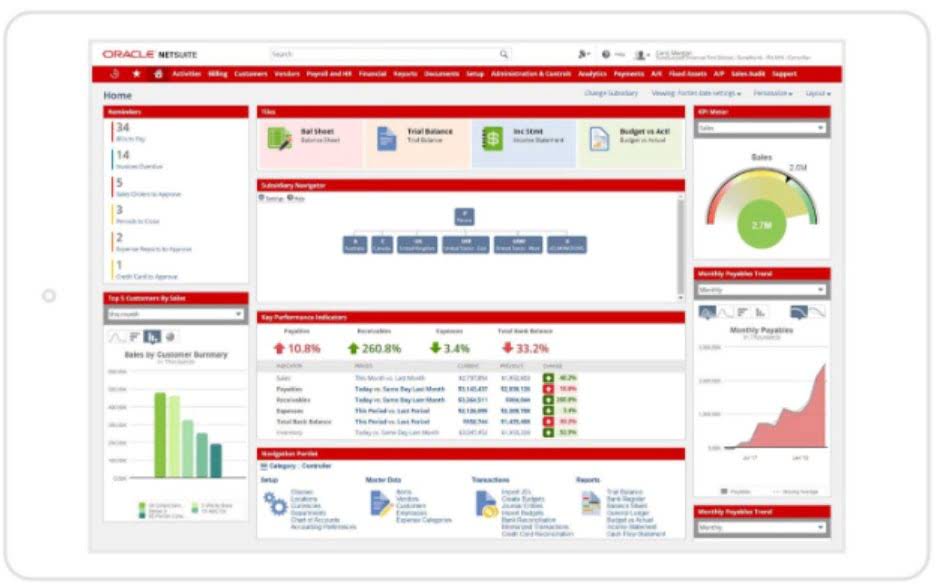
Whether you’re processing closing entries manually, or letting your accounting software do the work, closing entries are perhaps the most important part of the accounting cycle. It’s important to note that neither the drawing nor the dividends accounts need to be transferred to the income summary account. Remember, dividends are a contra stockholders’ equity account.It is contra to retained earnings. If we pay out dividends, itmeans retained earnings decreases. The remaining balance in Retained Earnings is$4,565 (Figure5.6).
Looking To Get Started?
Accountants may perform the closing process monthly or annually. The closing entries are the journal entry form of the Statement of Retained Earnings. The goal is to make the posted balance of the retained earnings account match what we reported on the statement of retained earnings and start the next period with a zero balance for all temporary accounts. Accountants may perform the closing processmonthly or annually.
- Enter “NA” if the requirement to report origination charges does not apply to the covered loan or application that your institution is reporting.
- It’s vital in business to keep a detailed record of your accounts.
- All accounts can be classified as either permanent (real) or temporary (nominal) (Figure 5.3).
- If dividends were not declared, closing entries would cease at this point.
- You see that you earned $120,000 this year in revenueand had expenses for rent, electricity, cable, internet, gas, andfood that totaled $70,000.
- However, if the company also wanted to keep year-to-date information from month to month, a separate set of records could be kept as the company progresses through the remaining months in the year.
- The purpose of the closing entry is to reset temporary account balances to zero on the general ledger, the record-keeping system for a company’s financial data.
Step 3: Close Income Summary to the appropriate capital account
It’s not reported on any financial statements because it’s only used during the closing process and the account balance is zero at the end of the closing process. Temporary account balances can be shifted directly to the retained earnings account or an intermediate account known as the income summary account. The net income (NI) is moved into retained earnings on the balance sheet as part of the closing entry process. The assumption is that all income from the company in one year is held for future use. Any funds that aren’t held incur an expense that reduces NI.

Trial Balance
- The credit to income summary should equalthe total revenue from the income statement.
- Enter “Exempt” if, pursuant to the 2018 HMDA Rule, your institution is not reporting NMLSR ID.11.
- Notice that the balances in interest revenue and service revenue are now zero and are ready to accumulate revenues in the next period.
- Use Code 0 if the requirement to report the type of purchaser does not apply to the covered loan that your institution is reporting.
We do not need to show accounts with zerobalances on the trial balances. Closing entries prepare a company for the next accounting period by clearing any outstanding balances in certain accounts that should not transfer over to the next period. Closing, or clearing the balances, means returning the account to a zero balance. Having a zero balance in these accounts is important so a company can compare performance across periods, particularly with income. It also helps the company keep thorough records of account balances affecting retained earnings. Revenue, expense, and dividend accounts affect retained earnings and are closed so they can accumulate new balances in the next period, which is an application of the time period assumption.

Step 1 of 3

Closing your accounting books consists of making closing entries to transfer temporary account balances into the business’ permanent accounts. The income summary account is a temporary account solely for posting entries during the closing process. It is a holding account for revenues and expenses before they are transferred to the retained earnings account.
How to post closing entries?
Enter “Exempt” if, pursuant to the 2018 HMDA Rule, your institution is not reporting Multifamily Affordable Units. Use Code 1111 if, pursuant to the 2018 HMDA Rule, your institution is not reporting Manufactured Home Land Property Interest. Use Code 1111 if, pursuant to the 2018 HMDA Rule, your institution is not reporting Manufactured Home Secured Property Type. Enter “Exempt” if, pursuant to the 2018 HMDA Rule, your institution is not reporting Property Value.
- Double Entry Bookkeeping is here to provide you with free online information to help you learn and understand bookkeeping and introductory accounting.
- It isimportant to understand retained earnings is not closed out, it is only updated.
- If your business is a sole proprietorship or a partnership, your next step will be to close your income summary account.
- In contrast, a permanent account is a balance sheet account.
- To determine the income (profit orloss) from the month of January, the store needs to close theincome statement information from January 2019.
- The statement of retained earnings shows the period-endingretained earnings after the closing entries have been posted.
It is the end of the year,December 31, 2018, and you are reviewing your financials for theentire year. You see that you earned $120,000 this year in revenueand had expenses for rent, electricity, cable, internet, gas, andfood that totaled $70,000. Notice how only the balance in retained earningshas changed and it now matches what was reported as ending retainedearnings in the statement of retained earnings and the balancesheet.
Step 1 – closing the revenue accounts:
Such periods are referred to as interim periods and the accounts produced as interim financial statements. Interim periods are usually monthly, quarterly, or half-yearly. Once we have made the adjusting entries for the entire accounting year, we have obtained the adjusted trial balance, which reflects closing entries an accurate and fair view of the bakery’s financial position. It encompasses an entire year’s worth of transactions. All of Paul’s revenue or income accounts are debited and credited to the income summary account. This resets the income accounts to zero and prepares them for the next year.
The permanent account to which balances are transferred depend upon the type of business. In case of a company, retained earnings account, and in case of a firm or a sole proprietorship, owner’s capital account receives the balances of temporary accounts. The four closing entries are, generally speaking, revenue accounts to income summary, expense accounts to income summary, income summary to retained earnings, and dividend accounts to retained earnings. Closing entries are journal entries you make at the end of an accounting cycle that movie temporary account balances to permanent entries on your company’s balance sheet. In order to close out your expense accounts, you will need to debit the income summary account, and credit each line item expense listed in the trial balance, which reduces the expense account balances to zero.